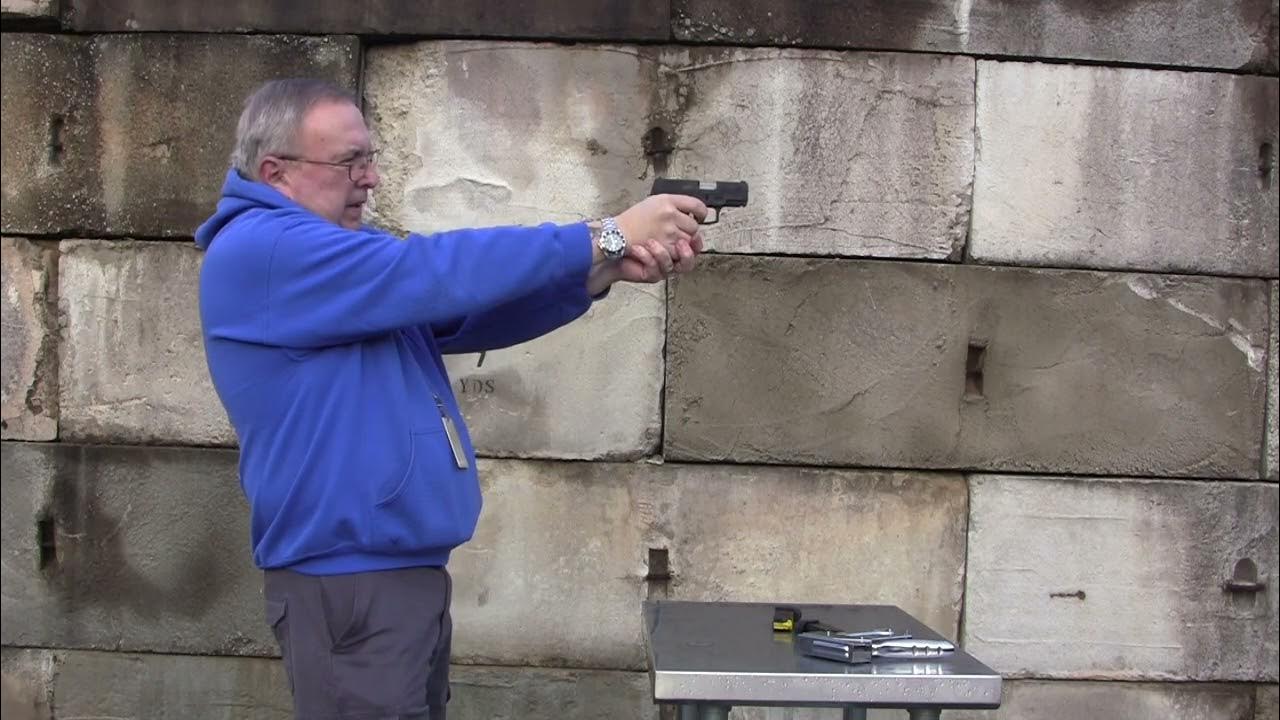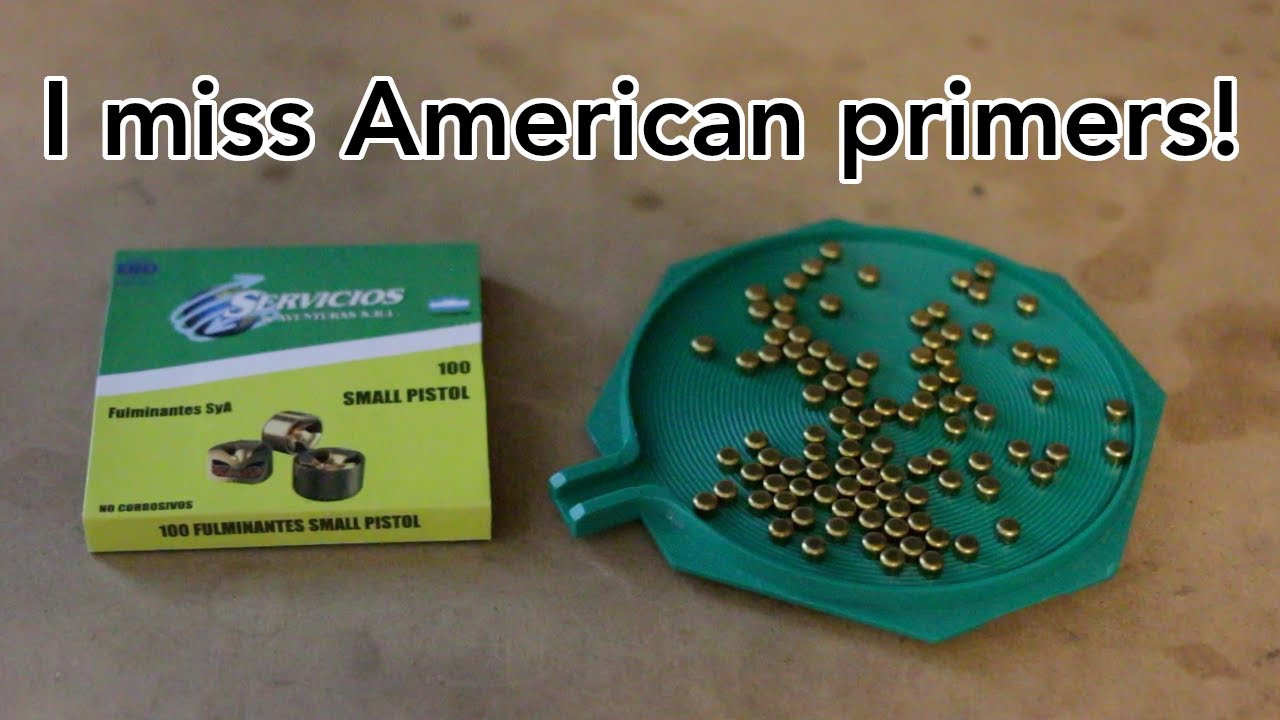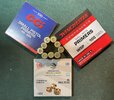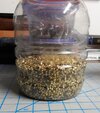Am guessing there are alot of white beards commenting

And am grateful for every grey hair
When I started out in my profession many years ago. People would tell me and be very upset that I was so young. They would say I do not know what I am doing. Until the work was done and they either said nothing or would say "man you really know what you are doing. " Experience comes with age to be sure. But I do not take hear say from anyone no matter how many gray hairs they have or lack. I have seen some really dumb idiot older people and some really dumb younger ones. I will grant that most older ones have the better hind sight than a younger person. But its not an absolute rule. There are many many exceptions.
One of the big ones I have argued with many older ones who are just out and out wrong, is that WD 40 causes gumming or it drys out and gums up, or its got water in it, fish oil, is a pure solvent and has no lubricating capabilities at all.
I have used WD for 60 plus years. Its is a very good product. It has no fish oil in it, its has no water in it, It is a lubricant [a light lube but a lube non the less.] It is has solvents in it but also a 3 in one oil. I have seen major gun channels on YouTube by some older gun shop owners and they have said some stupid things about WD. One is it gums up when it dries. It does not. I proved this by doing my own video taking a cup of WD [I buy it by the gallon] and letting it set for a few months. The solvent evaporated off and what was left was a 3 in one type of clear oil. What does happen is no one or only a very few actually strip a gun down to its very smallest components and clean them after they shoot it. If if its not shot dust and dirt will collect if its not kept in some bag or at least a gun case. Over the years cracks and crevices get Sebum from humans handling it, oils and solvents that go into these cracks and crevices and then over the years dry out. WD will get into these soften that crud and then it comes out, the solvent dries and leaves that crud behind.
I have been told that WD will rust metal. LOL that is a really good one. I have seen tests done with all kinds of oil and base lines that show that WD40 holds up really well to the salt water used to promote the rust on the treated metal. Its not the best but far far from the worst. It is usually in the top 10 I do not use WD as the only lube but I do use it as a penetrating oil, to coat parts and blued guns for protection. I do add in either Marvel Mystery oil or 3 in one to give it more oil to solvent ratio.
Try to convince someone of this that already believes anecdotal evidence or correlation is causation is near impossible. They put WD on it now there is some gummy brown crud on their gun. WD there for dries gummy. I have used it for years and my guns one I bought in 1974 my first 22 and it looks like the day I bought it.
This is why I don't take what is hear say as evidence. Because its not. I am not saying I will not be proven wrong. But I will have to be PROVEN wrong.






